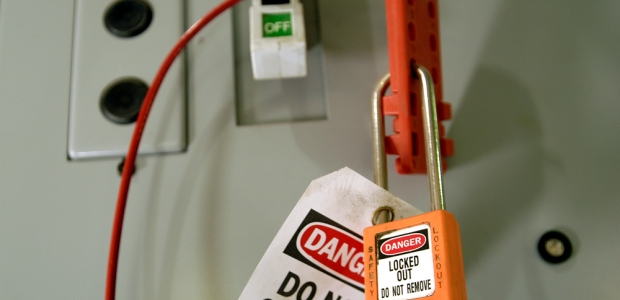The report also says senior citizens are at risk.

"Canadians have told us that they want more information about a company's emergency response information at the earliest stages of a proposed project. These changes will foster increased understanding among stakeholders, hearing participants, NEB experts, and panel members regarding a company's plans to respond should an emergency occur," said Peter Watson, chair and CEO of the board.
The mayor and fire commissioner said response times to fires and life-threatening medical emergencies improved by 5 seconds for fires and 21 seconds for medical calls in 2016, and they announced the early completion of the nation's largest smoke alarm giveaway/installation program.
Redhawk Roofing has been cited for four repeated safety violations.
The Bad Boy XTO and Bone Collector XTO off-road utility vehicles are not equipped with seat belts and pose a risk of serious injury in an accident.
The rules outline new performance measures that will improve roads and bridges as well as assess travel reliability.

The ANSI/ASSE Z224.1-2016 standard is a game changer for both the United States and OSH professionals globally, says Master Lock's Todd Grover.
The grant was received as part of the American Society Association Executives Foundation’s Innovative Grant Program.

If all countries raised excise taxes by about 80 cents per pack, annual revenues from cigarettes globally could increase by $140 billion and lead to a 9 percent decline in smoking rates, WHO and the U.S. National Cancer Institute said.
The guidance clarifies existing regulations and requirements have been changed over the years.
Dr. Ajit Jillavenkatesa, Ph.D., of NIST has been approved as chair of the U.S. Technical Advisory Group to the International Organization for Standardization Technical Committee 229, Nanotechnologies. ISO TC 229 has five working groups, including health, safety, and environment (WG 3).

Renault-Nissan is the first auto manufacturer to commit to the platform to build connected cars.
The funds will be used for the first phase of the Red and Purple Modernization Project.
The HHS investigation showed Presence Health failed to notify, without unreasonable delay and within 60 days of discovering the breach, each of the 836 individuals affected by the breach, prominent media outlets (as required for breaches affecting 500 or more individuals), and OCR.
Twenty-five U.S. miners died in work-related accidents last year.
"These new regulations provide concrete steps and accountability mechanisms to promote employment and advancement opportunities for people with disabilities across the government," said EEOC Chair Jenny Yang.
Two AFL-CIO representatives will be taking part in the Jan. 10 public meeting: Rebecca Reindel, a senior safety & health specialist, and Peg Seminario, the AFL-CIO's director of Safety and Health.